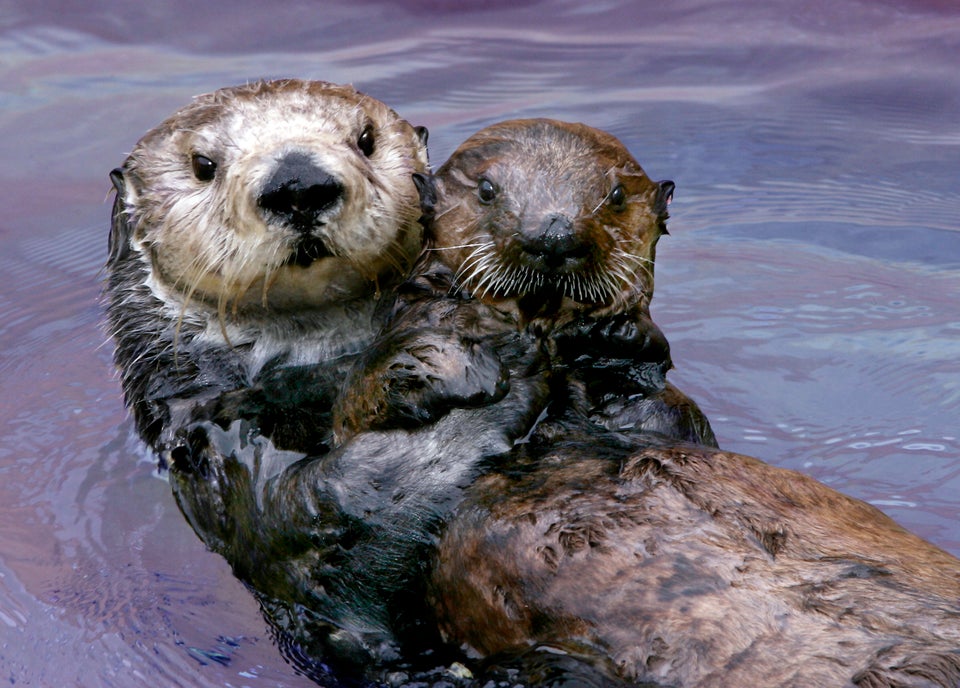While diving in a manned submersible off the coast of Panama, scientists witnessed something you might expect to see on an anthill or beehive -- or maybe in a low-budget horror film.
"There was this turbid layer, and you couldn't see a thing beyond it. We just saw this cloud but had no idea what was causing it," Jesús Pineda, a biologist at Woods Hole Oceanographic Institution, said in a statement. "As we slowly moved down to the bottom of the seafloor, all of the sudden we saw these things."
There, nearly 1,200 feet below the surface, a cloud of thousands of red crabs marched eerily along the ocean floor.
At first, Pineda and his team were convinced they were looking at some sort of rocky structure. "Once we saw them moving -- swarming like insects -- we couldn't believe it," he said in the statement.
The researchers captured video (below) of the massive swarm -- a crabnado, if you will -- along the northwest flank of the Hannibal Bank seamount, roughly 12 miles west of Coiba Island, Panama. Pineda and his team also described the mesmerizing encounter in a paper published Tuesday in the journal PeerJ.
The animals were identified as Pleuroncodes planipes, commonly known as the red crab or tuna crab, a species abundant in Baja California, according to a release. These crabs have never before been documented this far south.
"To find a species at the extreme of their range and to be so abundant is very unusual," Pineda said.
As for why the crabs were found in such deep, low-oxygen conditions, Pineda said it could be that they "provide a refuge for this species from predators."
The research team says it plans to return to Hannibal Bank to continue its investigation into why seamounts are such biodiversity hotspots.
Those with kabourophobia, consider yourselves warned.

